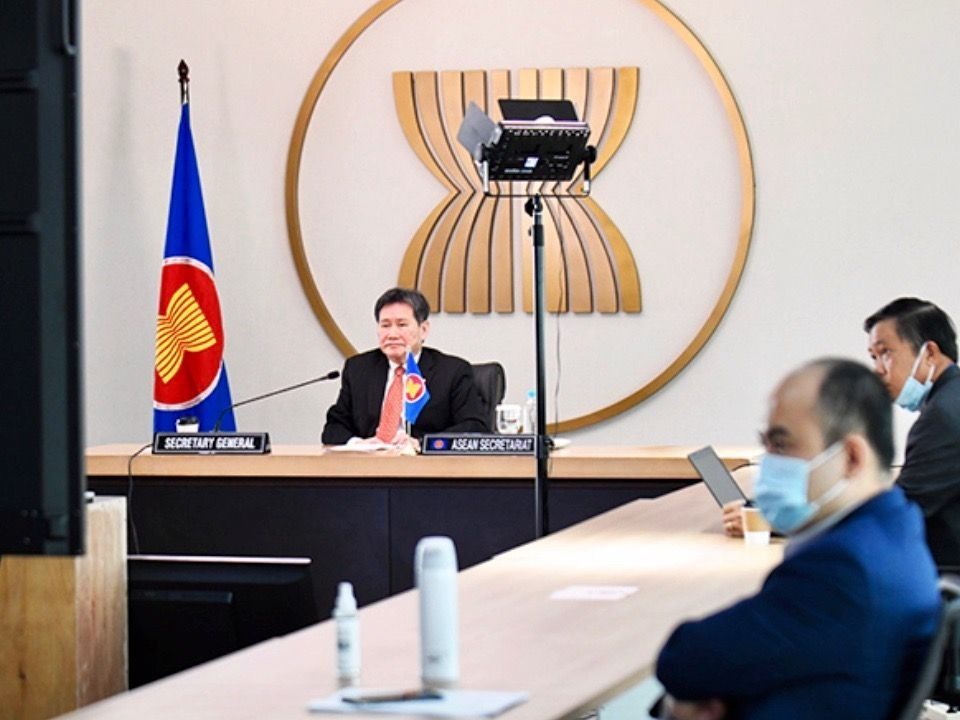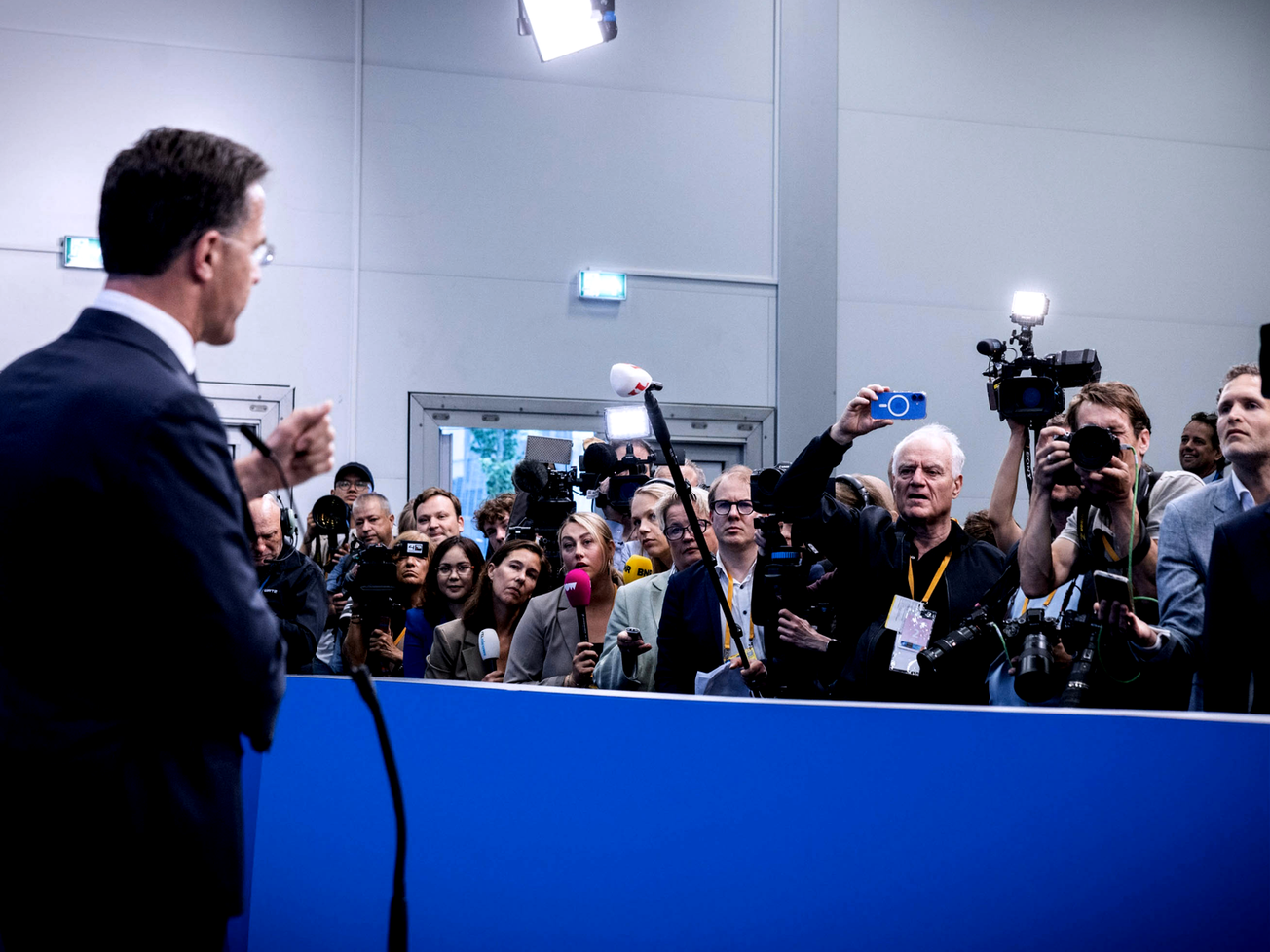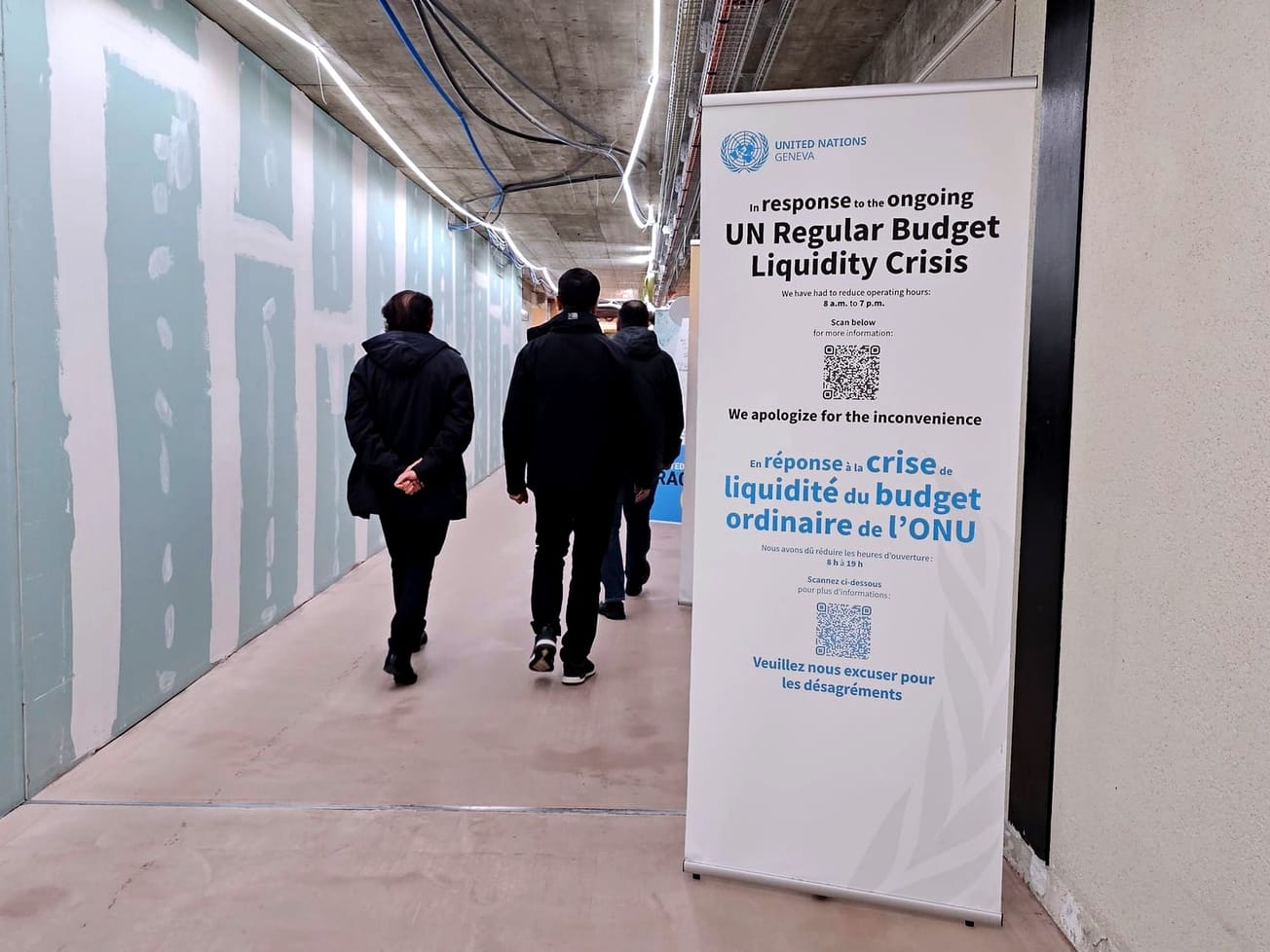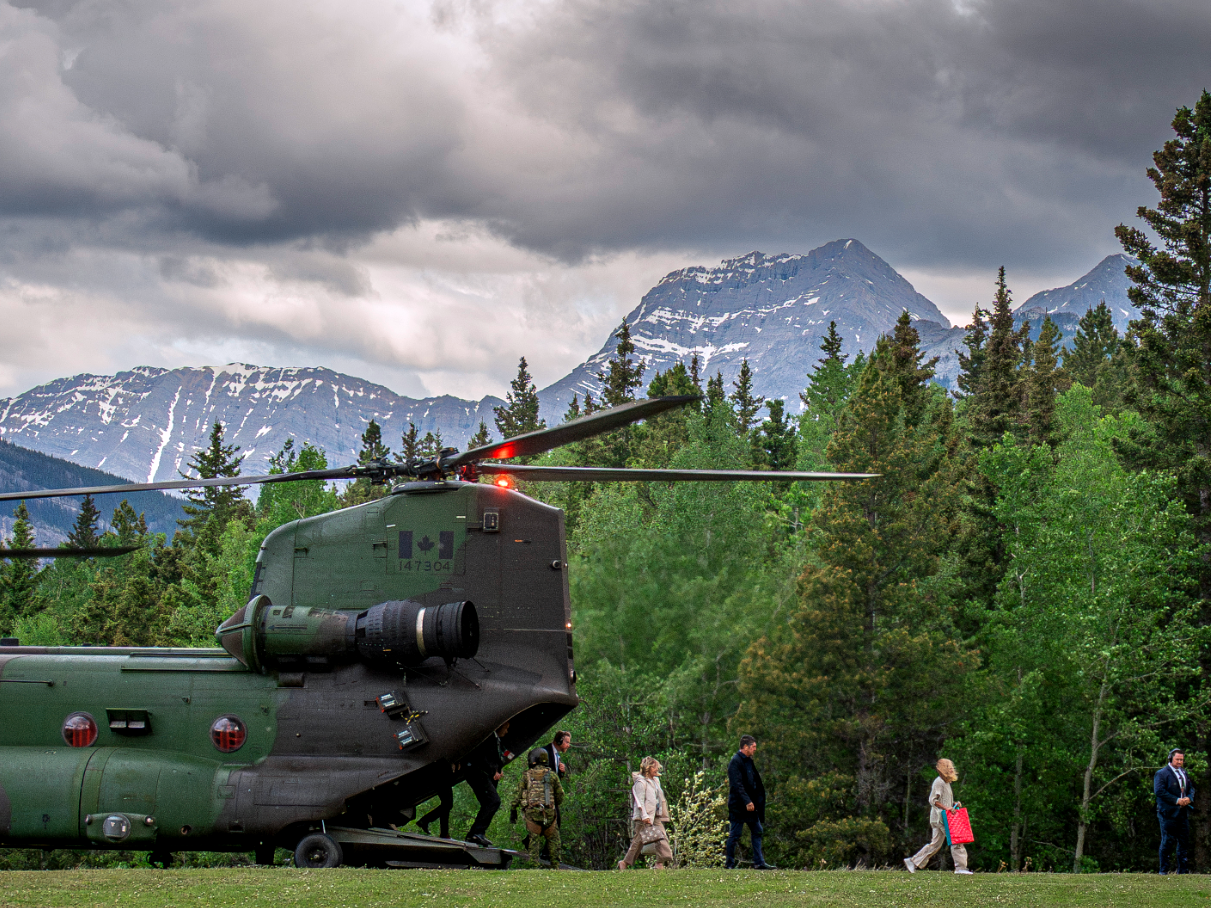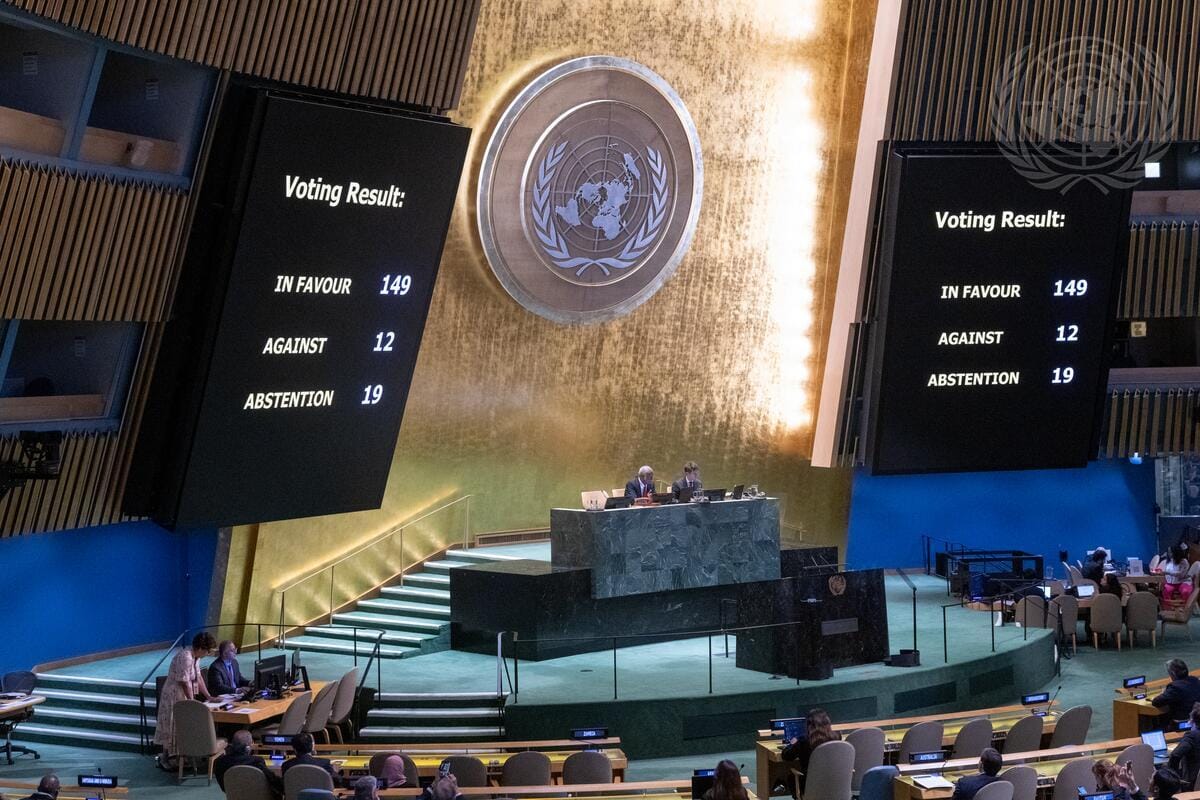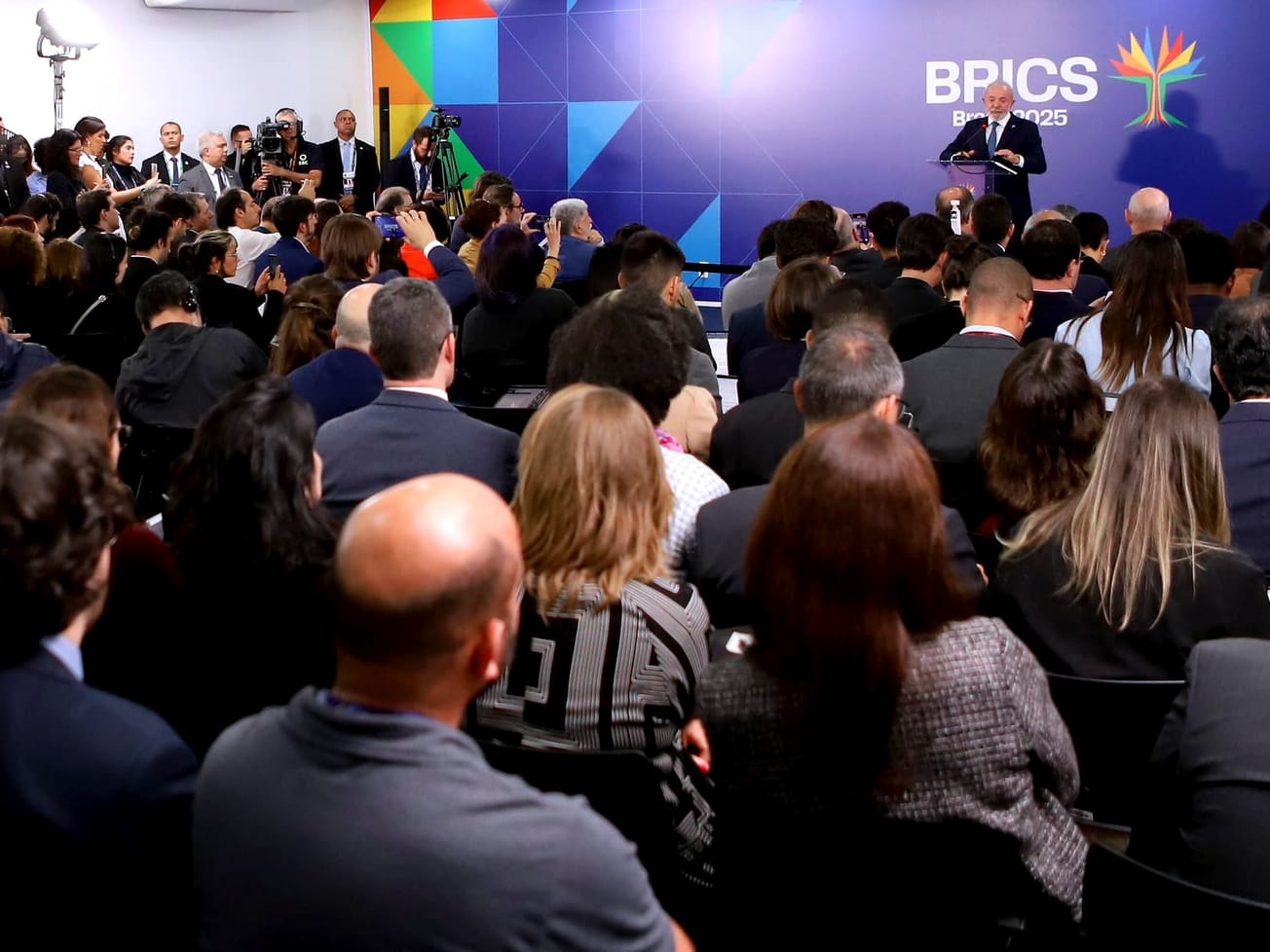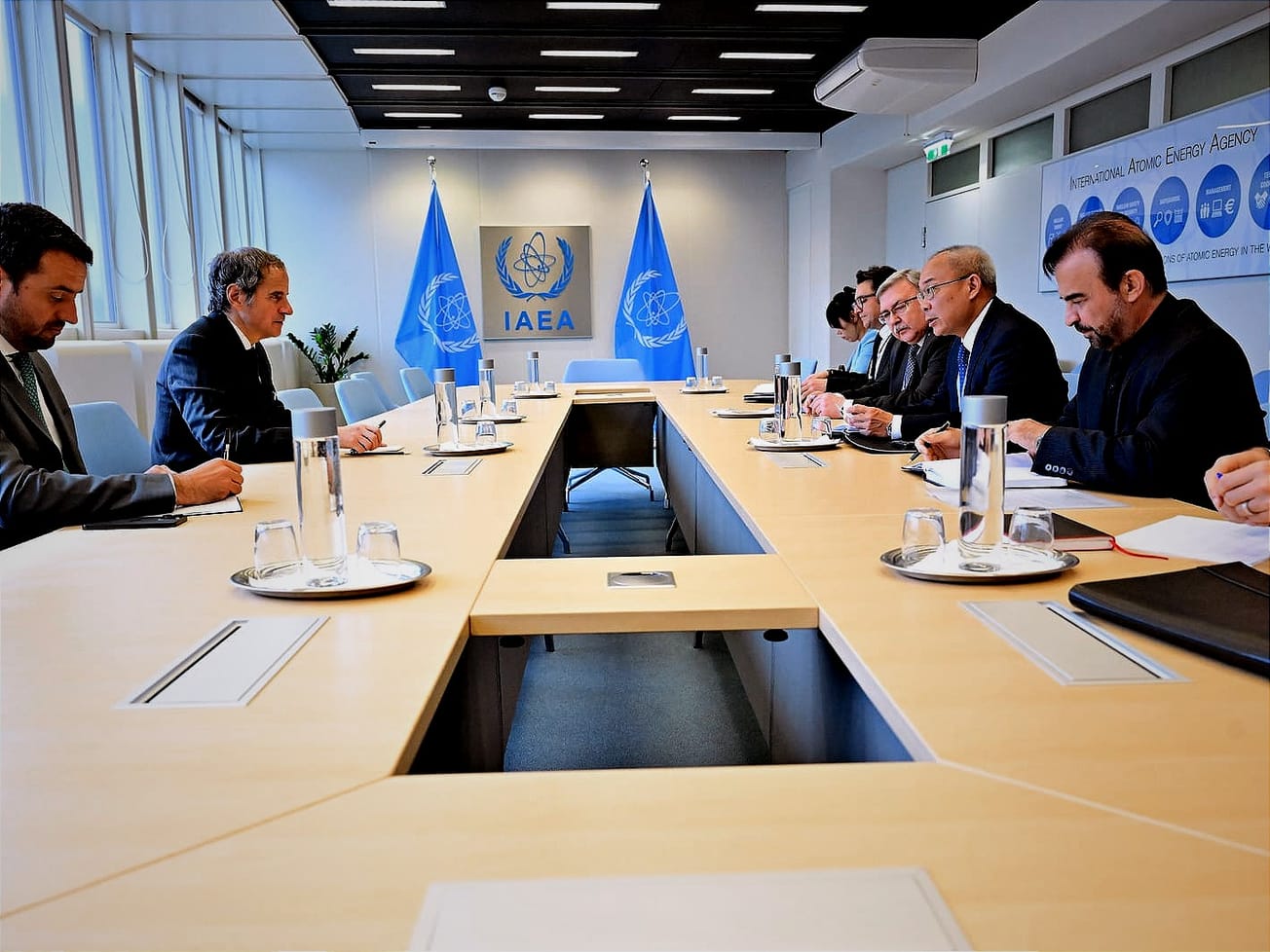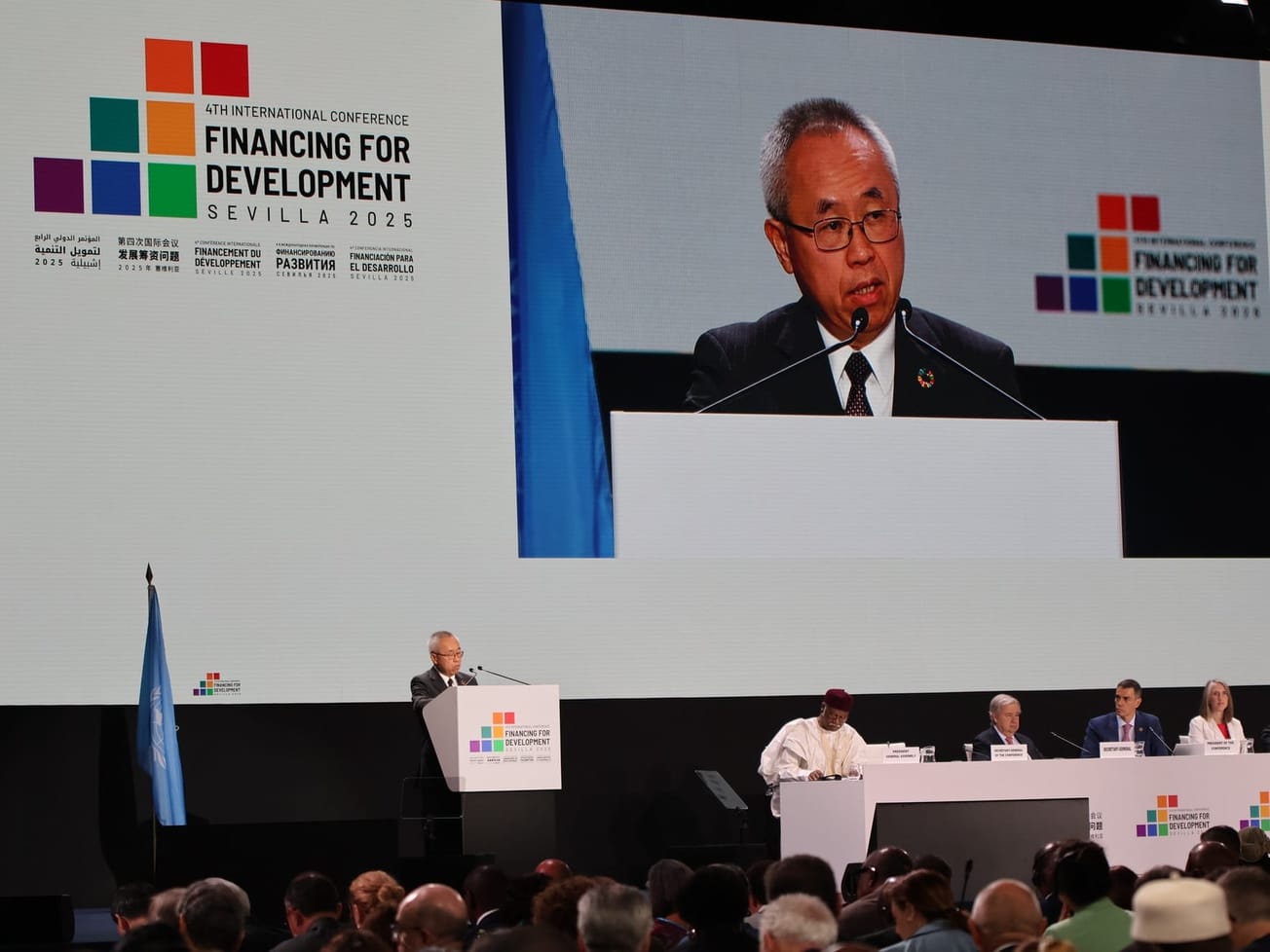BANGKOK (AN) — Fifteen Asia-Pacific nations including China signed a pact on Sunday to promote regional stability by creating the world's biggest trading alliance, covering 30% of global GDP and a market of 2.2 billion people.
The Regional Comprehensive Economic Partnership agreement culminates eight years of negotiations and is the biggest free trade pact to date led by the Association of Southeast Asian Nations, or ASEAN, the 10-nation intergovernmental organization. It was signed virtually by ministers at the end of ASEAN's 37th annual summit, hosted this year by Vietnam.

